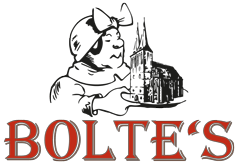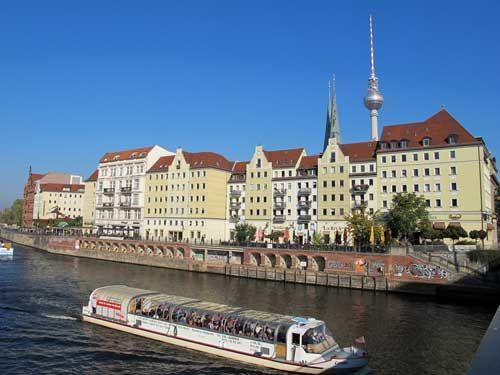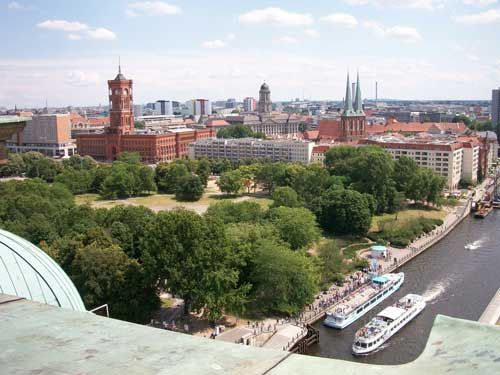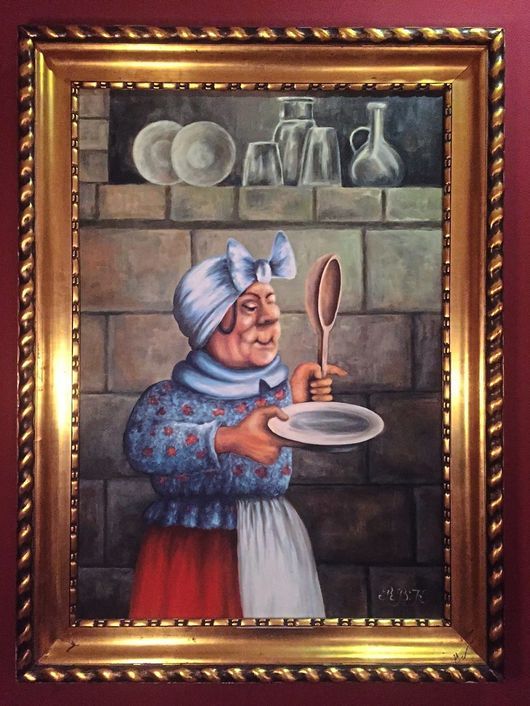The Nikolai quarter
In the 13th century people built a mill dam here on the Spree with many watermills on both banks. They wanted to save themselves the long journey to the mills and built their houses right next to them - that was the nucleus of Berlin! People collected the disturbing boulders from the surrounding fields and used them to build their church in 1230 on the east bank of the Spree: the Nikolaikirche . It gave our district its name and is the oldest church in Berlin. The Petrikirche was built on the western bank of the Spree in 1237; it formed the center of the smaller Cölln. In the course of time, the double city of Berlin-Cölln developed from both places. The year 1237 was later used as the year Berlin was founded. The citizens became more and more prosperous. That's why they kept rebuilding their Nikolaikirche. Although Berlin was getting bigger and bursting at the seams, the medieval structures of the Nikolaiviertel remained almost unchanged. In the tiny alleys there was a lot of hustle and bustle from the many craftsmen who lived and worked here.
Nevertheless, rich citizens were also drawn here:
- The Ephraimpalais built in 1766, the Berliners called it "The most beautiful corner of Berlin". It was the residence of Veitel Heine Ephraim, the court jeweler to Frederick the Great. The Knoblauchhaus Built in 1760, wealthy immigrants from Hungary lived here, who had a major influence on Berlin's politics and economy , Elector Johann Sigismund (1572-1619). He fled here because the white woman haunted his castle...
In World War II the Nikolaiviertel was almost completely destroyed; the Nikolaikirche consisted only of the outer walls. The GDR government had the last surviving buildings demolished. It was not until 1987 (to celebrate Berlin's 750th anniversary) that the GDR remembered its historical roots and combined the structure with modern architecture.
By the way:
In the Nikolaiviertel, one attraction has survived the centuries: Here is the shortest street in Berlin: Eiergasse measures 16 meters and offers space for just two houses and a fountain...






